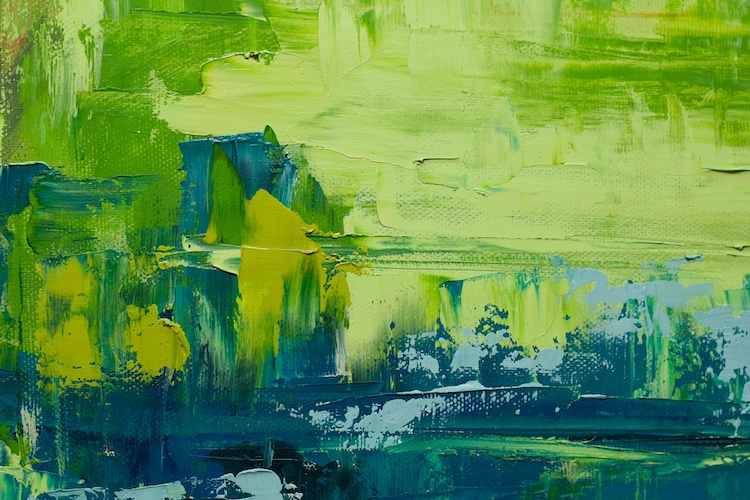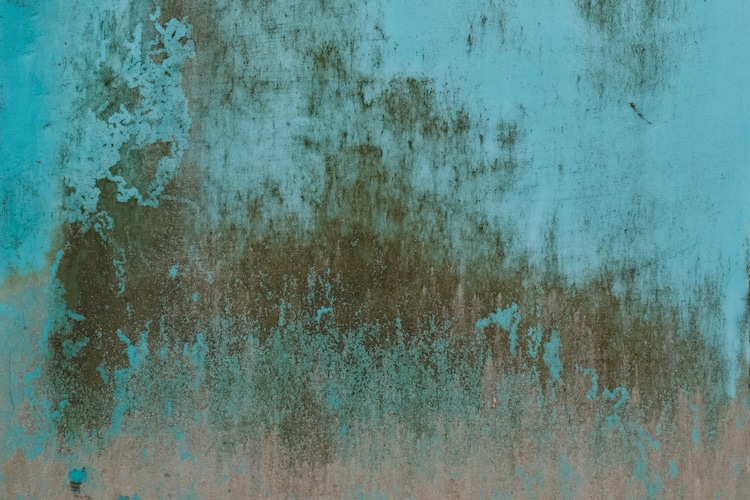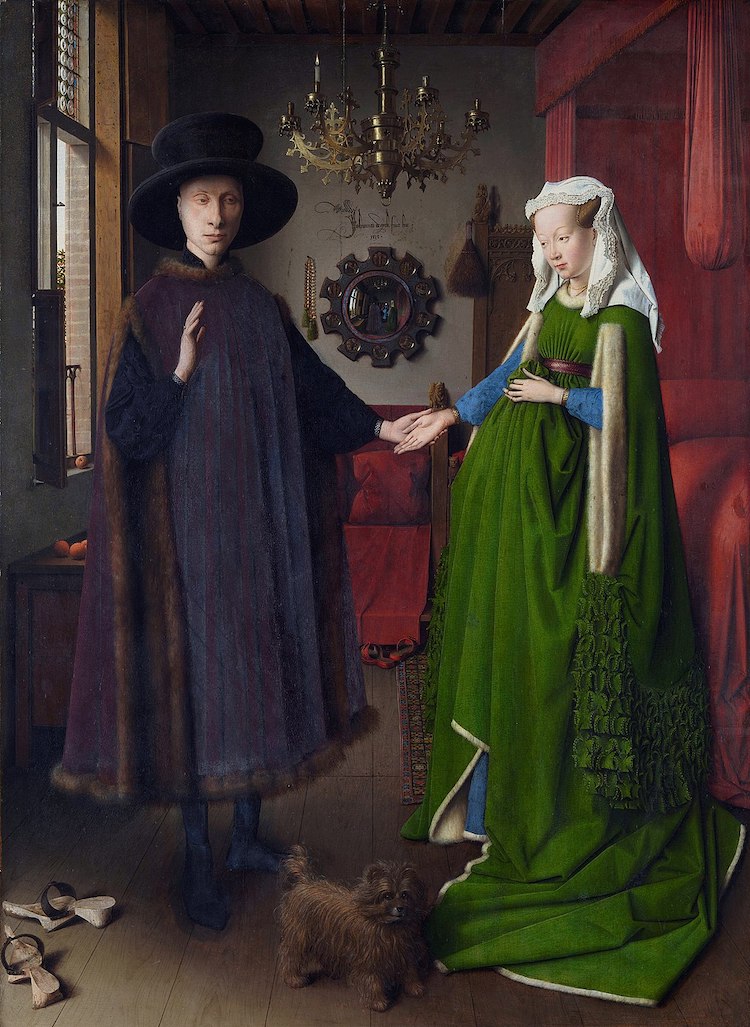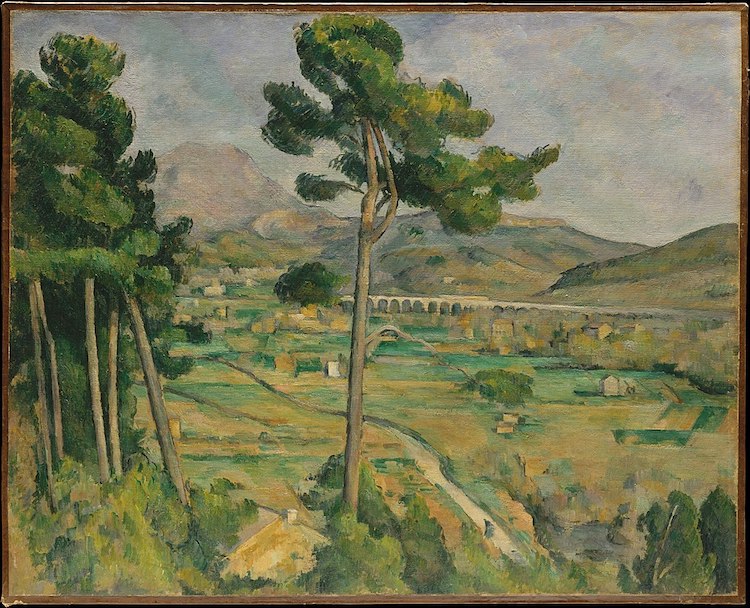Photo:Stock Photosfrom Sweet Art/Shutterstock
Every color has a story and thecolor greenis no different.
Today, it’s most commonly associated with nature.
Chlorophyll is the photosynthetic pigment found in plants that allows them to have their fresh, calming hue.

Photo:Stock Photosfrom Sweet Art/Shutterstock
Inancient Egypt, green was the symbol ofregenerationandrebirth.
The ancient Romans used this pigment for mosaics, frescos, and stained glass.
This early hue was also used by medieval monks to color manuscripts.

Photo:Stock Photosfrom Savanevich Viktar/Shutterstock
Red was worn by the nobility, while brown and gray was worn by peasants.
Green was worn by merchants, bankers, and the gentry.
However, over the centuries the pink has faded, making some faces appear a sickly green.

“The Arnolfini Portrait” (1434)by Jan van Eyck (Photo:Wikimedia Commons[Public Domain])
Scheeles Green was used on paper, wall hangings, fabric, and even childrens toys.
By the end of the 19th century, a similar pigment calledParis Greenreplaced Scheeles Green.
However, it was stillhighly toxic.

“Mont Sainte-Victoire and the Viaduct of the Arc River Valley”by Paul Cézanne (1885) (Photo:Wikimedia Commons[Public Domain])
Some believe the pigment may have been responsible for Cezannes diabetes and Monets blindness.
Paris Green was eventually banned in the 1960s.
The color is a symbol ofsustainabilityandeco friendliness.
However, many versions of the color green are still damaging to that very ethos.
One of the most common shades today is calledPigment Green 7.
Another popular hue isPigment Green 36, which also includes chlorine and potentially hazardous bromide atoms.
In fact, Pantone revealed its Color of the Year as Greenery in 2017.